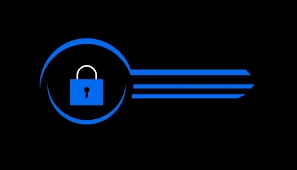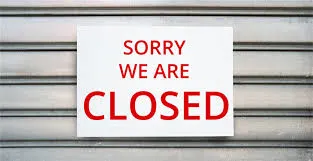Web3 Wallet vs Bank Account: Pros and Cons You Should Actually Care About
Web3 vs Traditional Finance: Pros and Cons Breakdown
Let’s be honest—“Web3 vs traditional finance” sounds like one of those online arguments people have at 2 a.m. on Twitter. But now? It’s a real conversation. People are choosing how they store, send, and control their money. And the differences are deeper than you’d think.
Here’s a side-by-side breakdown of how Web3 wallets stack up against traditional bank accounts—complete with the good, the bad, and the straight-up weird.
Web3 vs Traditional Finance : Control & Ownership
Web3 Wallet Pros:
- Full ownership of assets—you control your private keys
- No centralized authority can freeze or block access
- Instant access without middlemen
Web3 Wallet Cons:
- Lose your keys? Say goodbye to your funds—forever
- No “reset password” option if you mess up
- Total responsibility can be intimidating
Bank Account Pros:
- Recoverable access (password reset, ID verification)
- Support staff to help if something goes wrong
- Central oversight can protect against fraud
Bank Account Cons:
- Funds can be frozen or limited without warning
- You don’t truly “own” your money—it’s managed on your behalf


Web3 vs Traditional Finance : Privacy & Identity
Web3 Wallet Pros:
- No need to reveal your real-world identity to create a wallet
- Can be set up in seconds—no KYC, no paperwork
Web3 Wallet Cons:
- Blockchain transactions are public—traceable if tied to your identity
- Regulatory uncertainty may limit what you can actually do
Bank Account Pros:
- Regulated and trusted by governments and institutions
- Identity verification adds security and consumer protections
Bank Account Cons:
- Total loss of privacy—banks (and governments) know everything
- Long sign-up process and invasive verification requirements


Web3 vs Traditional Finance : Access & Convenience
Web3 Wallet Pros:
- 24/7, global access—send money anytime, anywhere
- No need to wait for banking hours or holidays
Web3 Wallet Cons:
- Interface and terminology still intimidating for beginners
- Some networks can be slow or have high fees during congestion
Bank Account Pros:
- User-friendly apps and support—anyone can use them
- Integrated with most payment and transfer systems
Bank Account Cons:
- Closed on weekends/holidays
- International transfers can take days and cost a fortune

Security & Risk
Web3 Wallet Pros:
- No one else can access your funds (unless you let them)
- Immune to bank failures and institutional collapses
Web3 Wallet Cons:
- No insurance—lose it, and it’s gone
- Scams, phishing, and hacks are everywhere
- You need to protect your seed phrase like your life depends on it
Bank Account Pros:
- FDIC insurance (in the U.S.) covers up to $250,000
- Built-in fraud detection and recovery systems
Bank Account Cons:
- Centralized systems are also attractive targets for hackers
- Bureaucracy and red tape slow down resolution

Mindset & Philosophy
Web3 Wallet Pros:
- Emphasizes self-sovereignty and decentralization
- Gives financial access to the unbanked
Web3 Wallet Cons:
- Still developing—can feel like the Wild West
- Not everyone wants to be their own bank
Bank Account Pros:
- Trusted structure with legal frameworks and consumer protections
- Ideal for people who value simplicity and stability
Bank Account Cons:
- Built on legacy systems that can be slow to evolve
- You trade control for convenience
Final Take: Web3 vs Traditional Finance—Which One Wins?
Honestly? There’s no universal winner. If you prioritize ease, security, and structure—banks are still your best bet. But if you’re after freedom, speed, and financial autonomy—Web3 wallets offer a new (and exciting) frontier.
More likely, the future is hybrid. A world where the best parts of both systems come together—secure, flexible, user-friendly, and decentralized where it counts.
So next time someone says a Web3 wallet is “just like a bank account,” you’ll know—it’s not. It’s a whole different way of thinking about money.
And whether you’re all in or still curious, one thing’s clear: the shift is already underway.
Relevant Link : Here




